Pre-Toilets

Humans living in small communities emptied their bowels privately near a small stream, where the stench and pesky insects would not be of any nuisance to them. This was not a problem as long as early human populations remained small. As they grew, and humans became sedentary, cities arose and the need for better ways of sewage management became more apparent.
2800 BC
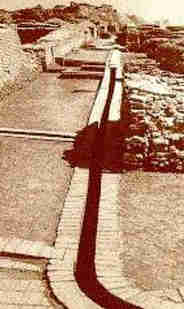
The earliest-known toilet was found to exist around approximately 2800BC in Mohenjodaro, modern day Pakistan. These toilets were built into the outer walls of the brick houses and waste was channeled into street drains via chutes. However, these were largely only available to the affluent. Most people used pots and then emptied their waste into the street drains, which had to be cleared manually.
3100BC-2500BC
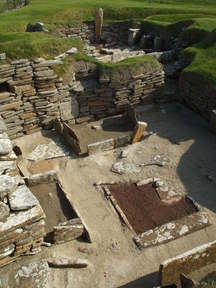
One of the earliest water-flushing toilets was found in Skara Brae in Orkney, Scotland, which was occupied between 3100BC-2500BC. These toilets consisted of holes cut out in the floor that led to drains flowing into the sea. A nearby river supplied running water that drained the waste into the sea.
1700BC
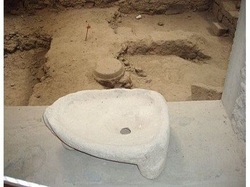
In continental Europe, early toilets were found in Crete, Greece. These consisted of large earthenware pans connected to a water supply. People would squat over these pans and relieve themselves. However, unlike in Skara Brae, there was no running water for flushing. Instead, people had to manually use buckets of water to flush their waste away, and into terra-cotta pipes which led out into the sea.
500BC
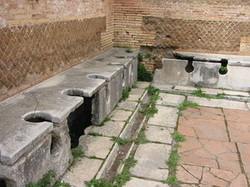
At approximately 509BC, Roman “communal toilets” were developed and going to the toilet with friends and family was considered quite the social event - just as going to the movies or a nice meal is today. Incredible, but true. These “communal toilets” consisted of simple outhouses or latrines built over running water, which emptied waste into the rivers. As Roman cities were also generally large in size, they also had complex sewage systems that ensured all the waste channelled properly into rivers.
500AD
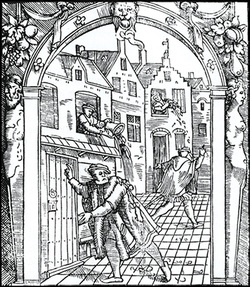
In what was considered the "Dark Ages", the people of Medieval Europe saw a regression in hygiene standards. They defecated into what was known as “pysse pots”. These pots were then emptied into middens, which were piles of waste that ran along the avenues between homes. These middens sometimes took men entire weeks to clear. People often emptied their pots from their windows, onto the streets, and sometimes on an unfortunate passerby. Some cities eventually made it a law to prescribe a warning before emptying the pot, to prevent these unhappy accidents.
